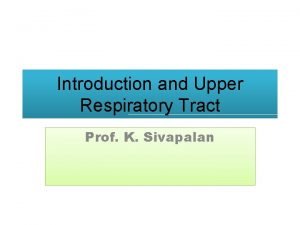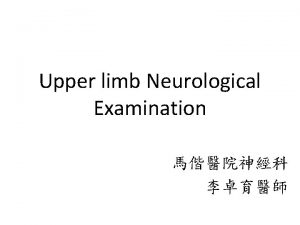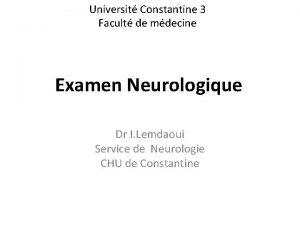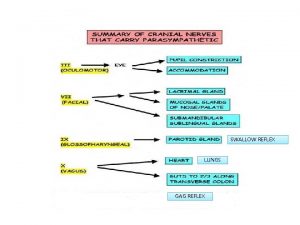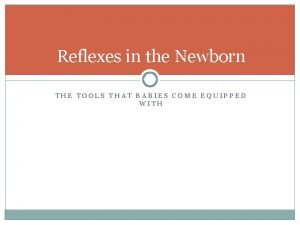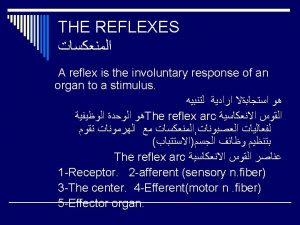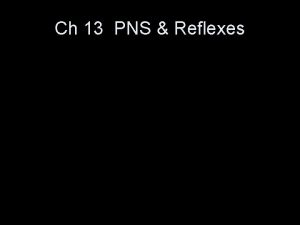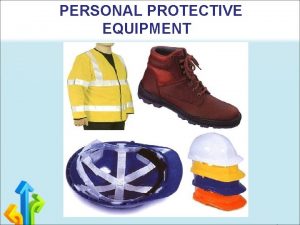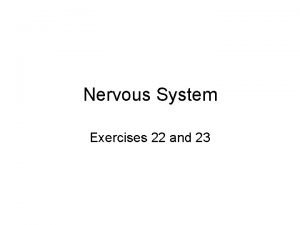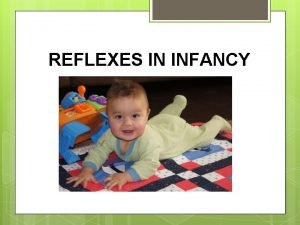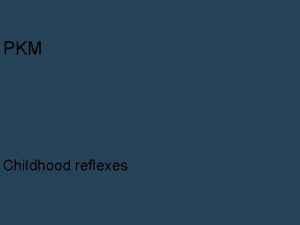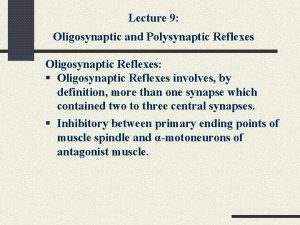Protective Reflexes Non respiratory air movement into respiratory









- Slides: 9

Protective Reflexes: Non respiratory air movement into respiratory tract: 1. Coughing 2. Sneezing 3. Hiccup 4. Yawning

• There are nerve endings in the epithelium of airways called irritant receptors. • These respond to irritants & they may be mechanical as mucus / foreign particle in airways. • It may be chemical, e. g. , histamine, bradykinin.

• Stimuli: Light touch, very slight amount of foreign matter, or chemical irritants (sulphur dioxide gas, chlorine gas). • Cough receptors: on epiglottis, larynx, trachea, bronchi, tonsils. • Afferents: vagus nerve • Respiratory centre: Neuronal circuits of medulla • Events: inspiration followed by forceful expiration. During coughing posterior nares are closed • Purpose: to dislodge the irritants from airways. COUGH REFLEX:

Sequence of events in cough reflex: 1) Up to 2. 5 liters of air are rapidly inspired. 2) Epiglottis closes. 3) Vocal cords shut tightly to entrap the air within the lungs. 4) Abdominal muscles and internal intercostals contract forceful expiration. 6) Rise in pressure in the lungs to 100 mm Hg or more. 7) The vocal cords & epiglottis suddenly open widely. 8) Air explodes outward (may be at 75 to 100 miles /hr) under this high pressure in the lungs. 9) Rapidly moving air carries with it any foreign matter present in bronchi or trachea.

SNEEZE reflex

• SNEEZE reflex • Applies to nasal passages • Stimulus: irritation in nasal passages/ upper respiratory tract. • Afferents: trigeminal nerve • Centre: Medulla • posterior nares are open. Uvula depressed, air passes through the nose as • COUGH reflex • Applies to lower respiratory passages. • Stimulus: irritation in lower respiratory passages. • Afferents: vagus nerve • Centre: Medulla • Posterior nares: remain closed.


HICCUP: • Definition: Abrupt short inspiration due to brief contraction of diaphragm. • Glottis becomes closed. • There is characteristic sensation & sound. • Stimulus: stimulation of nerve endings in GIT & abdominal cavity.

YAWNING: • Definition: Deep inspiration followed by expiration. Mouth remains open during yawning. • Mechanism: When alveoli become under-ventilated, p. O 2 falls yawning • Purpose: – By yawning, underventilated alveoli become ventilated & collapse of alveoli is prevented. – Yawning also increases venous return.
